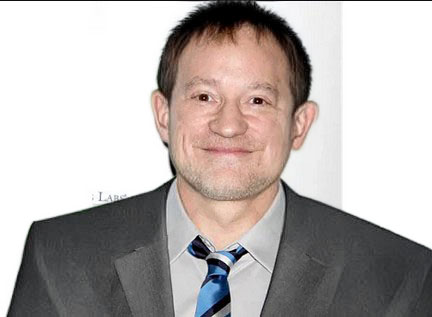Boeing's 787 Dreamliner, once acclaimed as the ‘safest’ aircraft in operation, is now at the center of an intense investigation following a tragic crash that involved flight 171, resulting in the loss of at least 270 lives. The incident, occurring just 30 seconds after take-off, has thrust the Dreamliner into the spotlight, which until now had maintained a stellar safety record, operating for nearly 15 years without a significant incident and transporting over a billion passengers. Despite its innovative reputation, the aircraft has not been free from controversy, particularly regarding quality control and production standards.
While investigators are currently analyzing the flight recorder data to uncover the cause of the crash, whistleblowers from within Boeing have raised significant concerns about potential safety compromises related to the Dreamliner’s production. Former employees have alleged that safety protocols may have been overlooked, and substandard parts were used to meet production deadlines. One prominent whistleblower, the late John Barnett, previously reported that pressure to expedite aircraft production led to the use of defective components, a claim that the company vehemently denies.
The Dreamliner was conceived during a time of rising oil prices when airlines needed a long-range, fuel-efficient aircraft. Boeing pivoted from its initial "Sonic Cruiser" design toward the 787, prioritizing energy efficiency over speed. Although this reorientation proved advantageous as it enabled airlines to operate smaller, more efficient routes, the assembly process faced several challenges, especially following the establishment of a new production line in South Carolina.
The safety critiques gained traction after various incidents involving the 787 model, most notably in 2013, when lithium-ion batteries caught fire on two separate occasions, leading to a temporary grounding of the fleet. As Boeing has continued to navigate production issues, recent allegations have surfaced regarding the company's quality control practices, creating doubt about the safety standards of planes already in service.
Many hope that thorough investigations will clarify the Air India tragedy's cause and provide guidance on whether safety protocols need reevaluation. While Boeing insists that all aircraft meet stringent standards, concerns linger, especially among former employees. These individuals fear that systemic issues could potentially jeopardize flight safety.
As the aviation industry watches closely, analysts like Richard Aboulafia acknowledge the historical integrity of the Dreamliner but emphasize the necessity for ongoing vigilance. The tragedy’s aftermath may motivate crucial adjustments in Boeing's corporate culture and practices to reinforce or restore public confidence in both the Dreamliner and the manufacturer's commitment to passenger safety.
While investigators are currently analyzing the flight recorder data to uncover the cause of the crash, whistleblowers from within Boeing have raised significant concerns about potential safety compromises related to the Dreamliner’s production. Former employees have alleged that safety protocols may have been overlooked, and substandard parts were used to meet production deadlines. One prominent whistleblower, the late John Barnett, previously reported that pressure to expedite aircraft production led to the use of defective components, a claim that the company vehemently denies.
The Dreamliner was conceived during a time of rising oil prices when airlines needed a long-range, fuel-efficient aircraft. Boeing pivoted from its initial "Sonic Cruiser" design toward the 787, prioritizing energy efficiency over speed. Although this reorientation proved advantageous as it enabled airlines to operate smaller, more efficient routes, the assembly process faced several challenges, especially following the establishment of a new production line in South Carolina.
The safety critiques gained traction after various incidents involving the 787 model, most notably in 2013, when lithium-ion batteries caught fire on two separate occasions, leading to a temporary grounding of the fleet. As Boeing has continued to navigate production issues, recent allegations have surfaced regarding the company's quality control practices, creating doubt about the safety standards of planes already in service.
Many hope that thorough investigations will clarify the Air India tragedy's cause and provide guidance on whether safety protocols need reevaluation. While Boeing insists that all aircraft meet stringent standards, concerns linger, especially among former employees. These individuals fear that systemic issues could potentially jeopardize flight safety.
As the aviation industry watches closely, analysts like Richard Aboulafia acknowledge the historical integrity of the Dreamliner but emphasize the necessity for ongoing vigilance. The tragedy’s aftermath may motivate crucial adjustments in Boeing's corporate culture and practices to reinforce or restore public confidence in both the Dreamliner and the manufacturer's commitment to passenger safety.




















